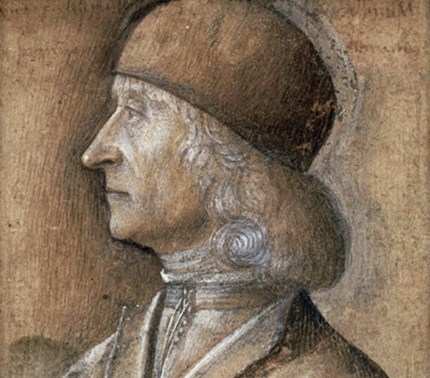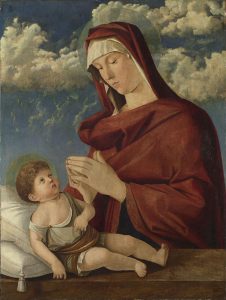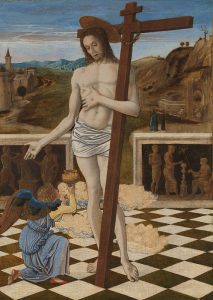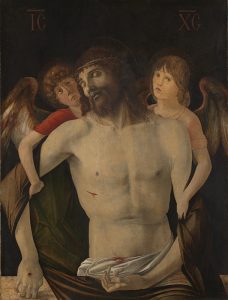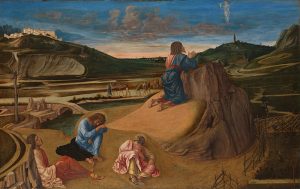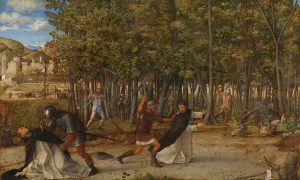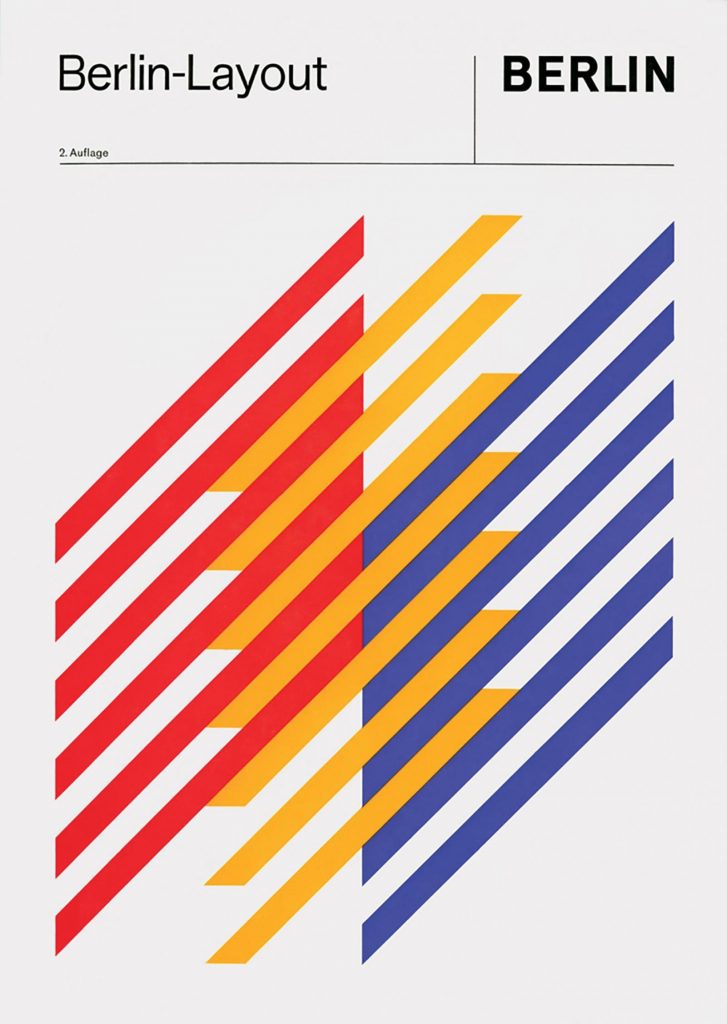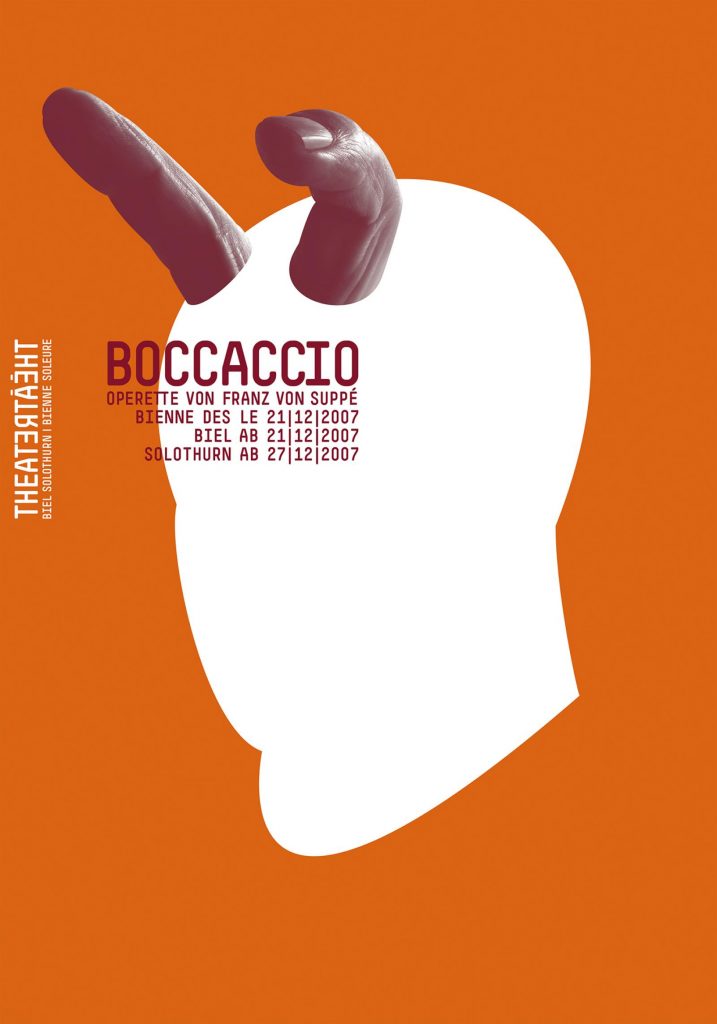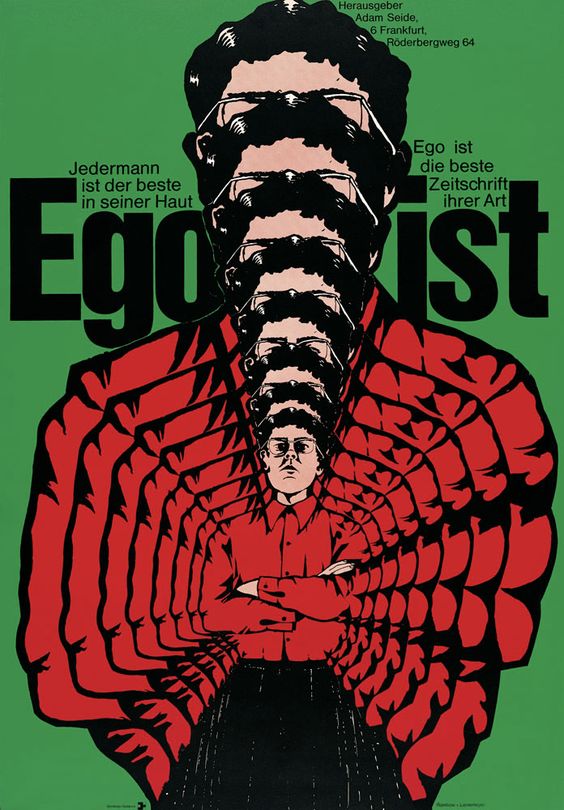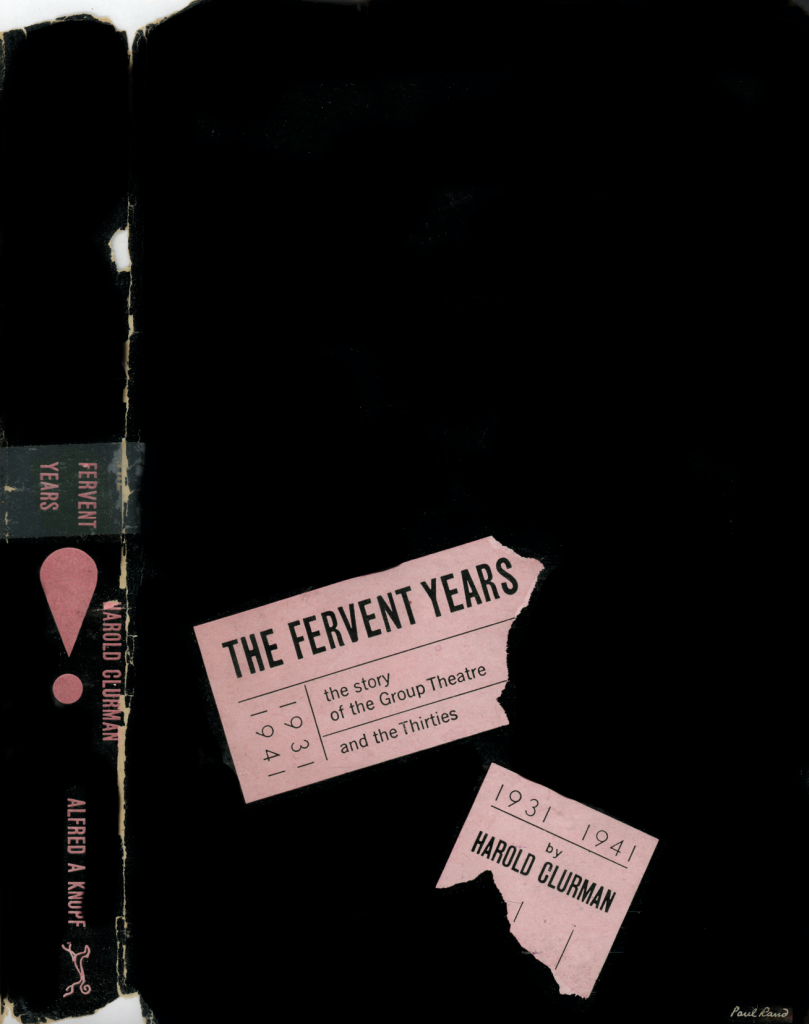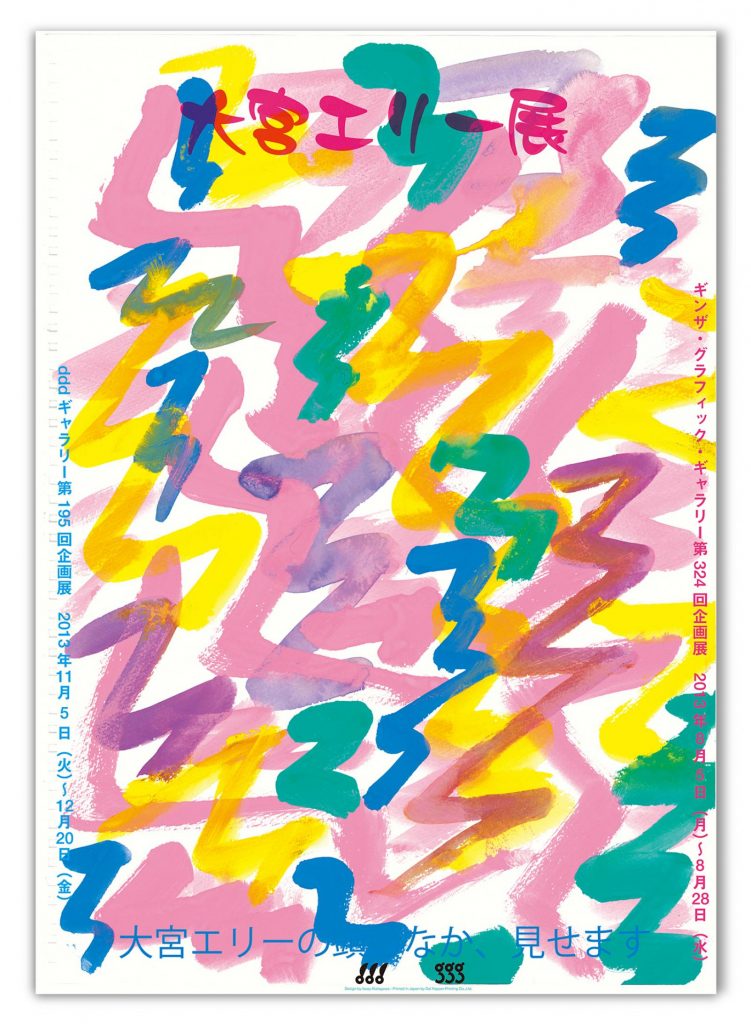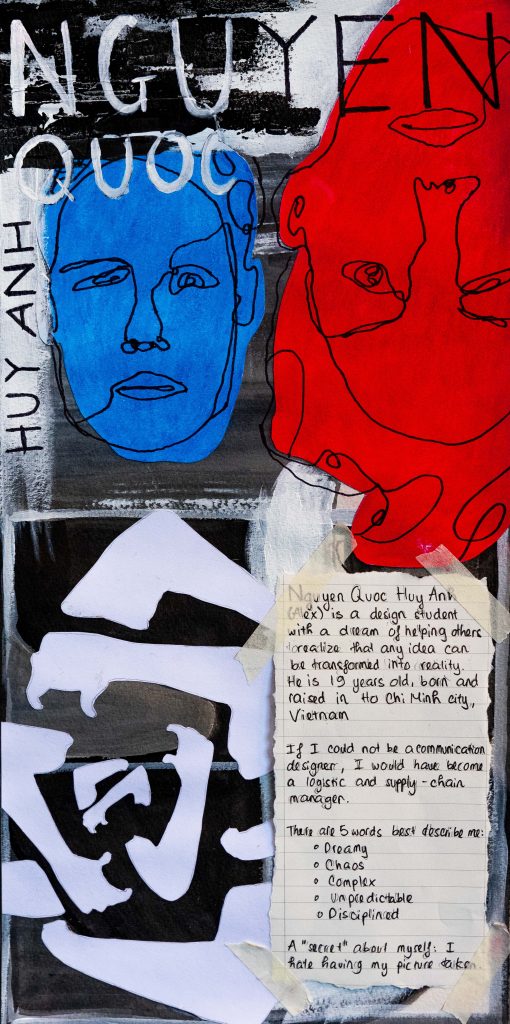
This yearbook spread represents me best as a first-year graphic designer student because it shows my personality as well as the way I communicate through images. It had taken me 2 failed attempts and various sketches to produce the final one. Before I explain the details in my yearbook, I would like to say thank you to Judy for the advice she had along with this first project, I would not be able to have the finest version if she didn’t help me realize how important it is to be original.
I did not draw complex imagery because drawing is not my strongest skill in terms of designing. Instead, I used paint combine with a little of my knowledge about expressionism art to create this yearbook spread. There are only three elements that I used in this piece, which are lines, repetition of shapes, and a bit of assemblage.
To begin with, there are two small portraits which have been placed opposite of each other because it shows the interpersonal conflict between social expectations and my rebellious desire. I am a very rebellious person when it comes to ideas because I recognize what aesthetic style fits me well; however, no one seems to be able to understand my interpretation through art. I have to fake being loving what others love to fit in with society. The background is a combination of three shapes, which are triangle, square, and squiggle. The shapes all speak three distinct characteristics of an individual. The triangle shows my ability to work well under pressure, square stands for a perfectionist and squiggle means that I could sometimes be aggressive and dramatic as a creative person. Last but not least, the repetition of two arms in an embracing position in which I had assembled so it could both resemble a rose and an infinitive loophole of my endless internal conflict. Overall, this has been an intriguing assignment and I would give myself a 4 as a first-year student ought to get. I hope it could be a 9 by the time I graduate because 9 means my skills are ready to be used in the real world.

